Eddy Raphael, The Nature Conservancy’s new Coral Conservation Coordinator joined the Conservancy on September 2013 and began working in December 2013 enthusiastically with coral restoration partners Stuart Cove’s Dive Bahamas, BREEF, and volunteers to construct, install, and populate thirty-one new Acropora cervicornis coral propagation units [CPUs] into the New Providence Island nursery at the James Bond Wreck dive site, in the southwestern waters of New Providence. The Conservancy’s USVI Coral Restoration Team, Kemit Lewis and Lisa Kirkley, joined the team and helped to lead coral restoration efforts.
In December 2013, Eddy and other team members measured and documented the size of each Acropora coral fragment on the three CPUs that were installed November 2012… a year later from when the nursery was first established (Photo 1). The results showed that the fragments have grown from approximately 50mm fragments up to 1000mm of growth…This is an incredible growth rate for wild corals under normal conditions.
Photo 1. Eddy Raphael measuring growth of coral in the New Providence nursery. Photo taken by Mallory Raphael.
Photo 2a. Acropora cervicornis fragments attached to CPU in November 2012 (Photo provided by Kemit Amon-Lewis, The Nature Conservancy, USVI ) and 2b. Demonstrates growth of Acropora cervicornis in December 2013 (Photo taken by Eddy Raphael, The Nature Conservancy).
The next step is to construct the new CPUs and then use the one-year old coral fragments to populate the newer CPUs. This is done by fragmenting the coral fragments (i.e. cutting them into smaller pieces) and then attaching them to monofilament lines on each CPU (Photo 3).
Photo 3. Volunteer attaching monofilament lines to the newly constructed CPU. Photo taken by Eddy Raphael, The Nature Conservancy.
Before the trees can be populated, they must be secured to the seabed and stabilized.So how do we secure and stabilize the “trees”? Distinctive duckbill anchors normally used in a terrestrial setting were driven 3 ft. into the sand with 5 lb. mallets. The CPUs would then be affixed to these anchors. A buoy at the top of the CPU is used to keep the ‘tree’ floating upright, and the fragments are allowed to hang from the branches.
Photo 4. CPU secured to the seabed with coral fragments attached to each monofilament line. Photo taken by Kemit Amon-Lewis, The Nature Conservancy, USVI.
The Conservancy’s coral team then collected fragments of opportunity (i.e. broken but live corals that are on the seabed) and placed them in a bag to safeguard the polyps during transfer to the nursery. The fragments were then transported to the nursery and secured in monofilament nooses in a dangling position on each of the newly installed CPUs. A numbering system for the CPUs was then done so each fragment can be identified and growth can be easily monitored.
During the next phase in January 2014, the coral team will add another sixty trees, in rows of twenty, alongside the newly installed nursery on the adjacent sand flats. Continue to follow updates on the Coral Wave!

